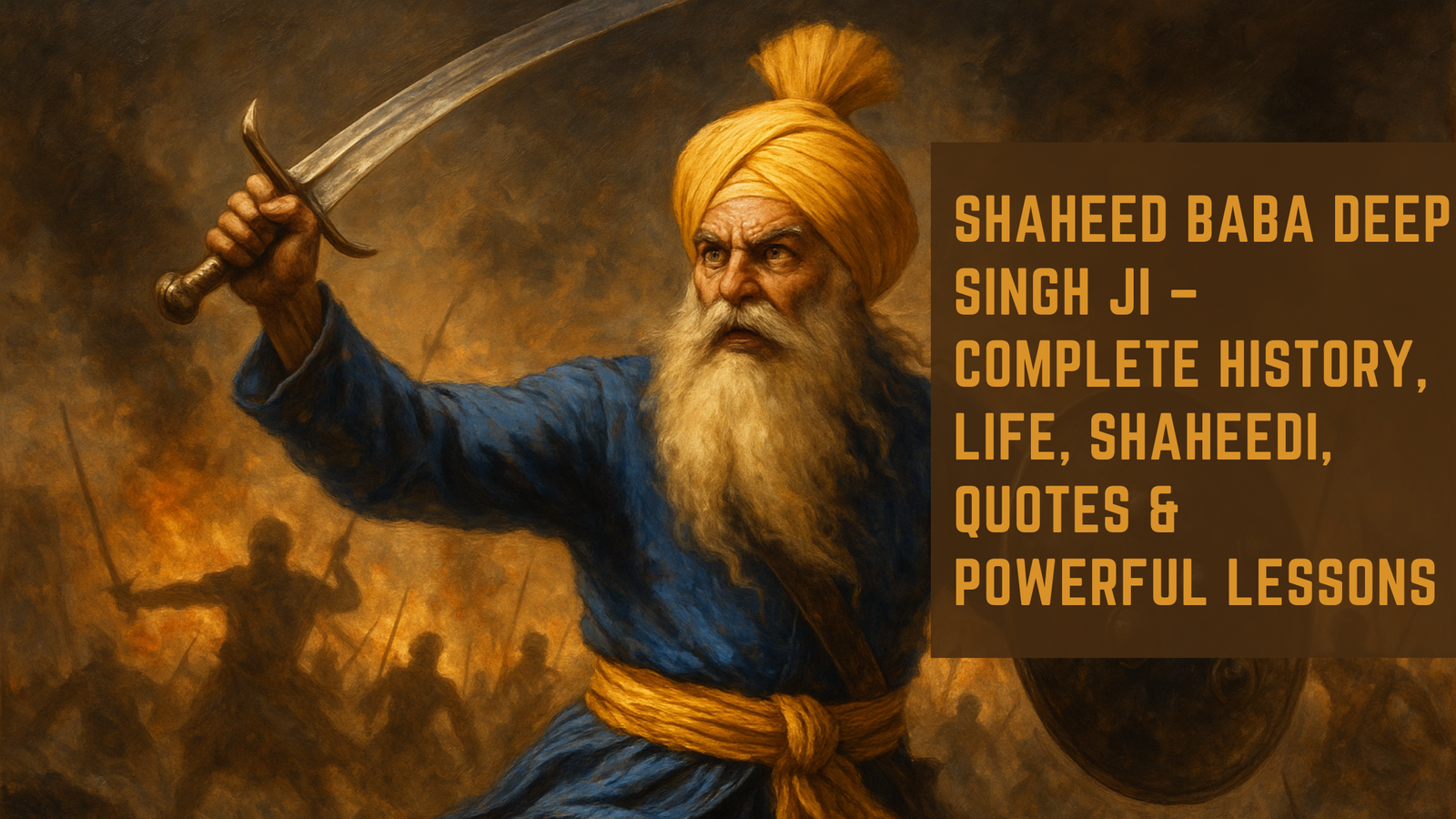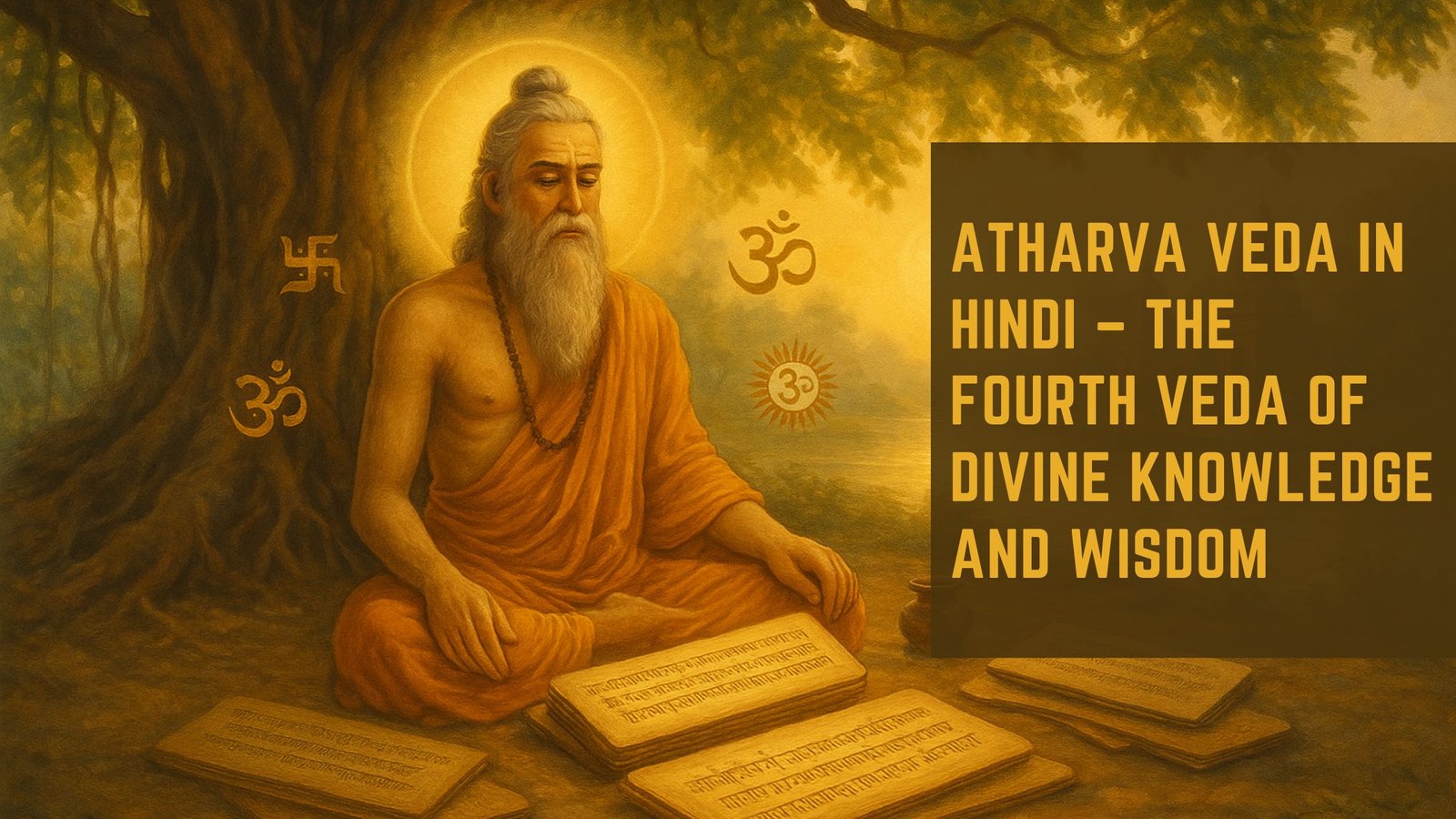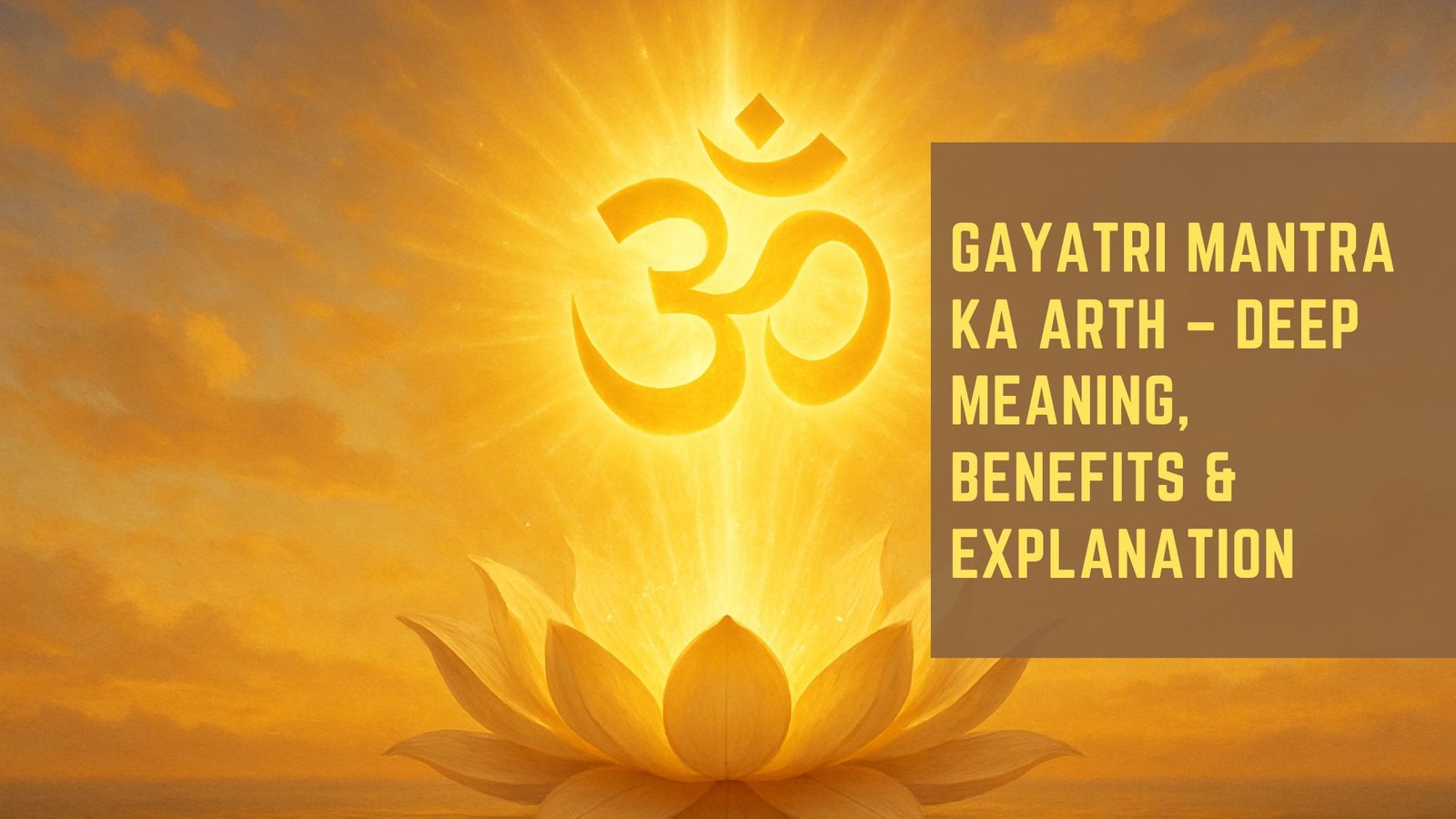The Bhagavad Gita, often referred to simply as the Gita, is a 700-verse Hindu scripture that is part of the Indian epic Mahabharata. It is a philosophical dialogue between Prince Arjuna and Lord Krishna, who serves as his charioteer. This sacred text is set on the battlefield of Kurukshetra, just before a great war is about to commence.
The Gita addresses the moral and philosophical dilemmas faced by Arjuna as he grapples with the implications of fighting against his own relatives, teachers, and friends. The dialogue unfolds as Krishna imparts spiritual wisdom and guidance, addressing the complexities of duty, righteousness, and the nature of existence. The Gita is not merely a religious text; it is a profound philosophical treatise that has influenced countless thinkers, leaders, and spiritual seekers throughout history.
Its teachings transcend cultural and temporal boundaries, offering insights into the human condition and the quest for meaning. The Gita synthesizes various paths to spiritual realization, including devotion, knowledge, and selfless action, making it a comprehensive guide for those seeking to navigate the challenges of life. Its enduring relevance can be seen in its application across diverse fields such as psychology, leadership, and ethics, demonstrating its universal appeal.
Key Takeaways
- The Bhagavad Gita is a sacred Hindu scripture that is part of the Indian epic Mahabharata, and it is a conversation between Prince Arjuna and the god Krishna.
- Dharma, the moral and ethical duty, is a central concept in the Bhagavad Gita, and it emphasizes the importance of fulfilling one’s duty without attachment to the results.
- The three gunas, Sattva (goodness), Rajas (passion), and Tamas (ignorance), are qualities that influence human behavior and are discussed in the Bhagavad Gita.
- The Bhagavad Gita teaches about the nature of the self, distinguishing between the individual self (Atman) and the universal self (Brahman), and the interconnectedness of all beings.
- Karma Yoga, the path of selfless action, is emphasized in the Bhagavad Gita, teaching the importance of performing one’s duty without attachment to the results.
- Bhakti Yoga, the path of devotion, is another important teaching in the Bhagavad Gita, emphasizing the importance of love, devotion, and surrender to a personal god.
- Jnana Yoga, the path of knowledge, is also discussed in the Bhagavad Gita, emphasizing the pursuit of self-realization and understanding the true nature of the self and reality.
- The teachings of the Bhagavad Gita can be applied to modern life by emphasizing the importance of fulfilling one’s duty, practicing selfless action, cultivating devotion, seeking knowledge, and understanding the interconnectedness of all beings.
The Concept of Dharma in the Bhagavad Gita
Dharma, a central theme in the Bhagavad Gita, refers to the moral and ethical duties that govern an individual’s life. In the context of the Gita, dharma is not a rigid set of rules but rather a dynamic principle that varies according to one’s role in society, stage of life, and personal circumstances. For Arjuna, as a warrior prince, his dharma is to fight valiantly in battle.
However, this duty becomes complicated when he faces the reality of killing his kin. Krishna emphasizes that adhering to one’s dharma is essential for maintaining cosmic order (rta) and personal integrity. Krishna’s teachings on dharma highlight the importance of self-awareness and discernment in fulfilling one’s responsibilities.
He encourages Arjuna to rise above his emotional turmoil and act according to his higher self. This notion of dharma extends beyond mere duty; it encompasses righteousness and ethical conduct. The Gita teaches that one must act in accordance with their true nature and societal role while remaining detached from the fruits of their actions.
This principle serves as a guiding light for individuals navigating their own moral dilemmas in contemporary life.
Understanding the Three Gunas: Sattva, Rajas, and Tamas

The Bhagavad Gita introduces the concept of the three gunas—sattva (purity), rajas (passion), and tamas (ignorance)—which are fundamental qualities that influence human behavior and consciousness. Sattva represents clarity, harmony, and balance; it is associated with knowledge, wisdom, and virtue. Individuals dominated by sattva are inclined towards selflessness, compassion, and spiritual pursuits.
In contrast, rajas embodies activity, desire, and ambition. Those influenced by rajas are often driven by passion and restlessness, seeking power or material success. Tamas, on the other hand, signifies darkness, inertia, and confusion.
It leads to lethargy, ignorance, and a lack of motivation. The interplay of these three gunas shapes an individual’s thoughts, actions, and overall state of being. Krishna explains that understanding these qualities is crucial for personal growth and spiritual development.
By cultivating sattva through practices such as meditation, self-discipline, and ethical living, individuals can transcend the limitations imposed by rajas and tamas. The Gita encourages individuals to recognize their predominant guna and strive for balance among them. This awareness allows one to make conscious choices that align with their higher self rather than being driven by unconscious impulses.
In modern contexts, this understanding can be applied to various aspects of life—be it in personal relationships, professional endeavors, or self-care practices—enabling individuals to lead more fulfilling lives.
The Nature of the Self: Atman and Brahman
A pivotal teaching in the Bhagavad Gita revolves around the nature of the self—Atman—and its relationship with Brahman, the ultimate reality or universal consciousness. Atman refers to the individual soul or essence that exists within every being. It is eternal, unchanging, and distinct from the physical body or mind.
In contrast, Brahman represents the infinite source from which all existence arises; it is beyond form and attributes yet encompasses everything. Krishna elucidates that realizing the unity between Atman and Brahman is essential for spiritual liberation (moksha). This realization leads to an understanding that one’s true identity transcends the temporary nature of worldly existence.
The Gita teaches that by recognizing oneself as Atman—an integral part of Brahman—individuals can overcome fear, attachment, and suffering associated with material life. This profound insight encourages seekers to engage in practices that foster self-awareness and spiritual awakening. The exploration of Atman and Brahman also invites individuals to reflect on their interconnectedness with all beings.
This perspective fosters compassion and empathy towards others as one recognizes that every soul is part of a greater whole. In contemporary society, where individualism often prevails, this teaching serves as a reminder of our shared humanity and the importance of nurturing relationships based on understanding and love.
The Importance of Selfless Action: Karma Yoga
Karma Yoga, or the path of selfless action, is another significant teaching in the Bhagavad Gita that emphasizes performing one’s duties without attachment to outcomes. Krishna instructs Arjuna to engage in battle not for personal gain or glory but as an expression of his dharma. This principle underscores the idea that actions should be performed with a sense of duty rather than desire for rewards.
By relinquishing attachment to results, individuals can cultivate inner peace and equanimity. The practice of Karma Yoga encourages individuals to focus on their intentions rather than external achievements. This shift in perspective allows one to approach tasks with sincerity and dedication while remaining detached from success or failure.
Krishna’s teachings highlight that selfless action purifies the mind and leads to spiritual growth. It fosters a sense of purpose and fulfillment that transcends material pursuits. In modern life, where success is often measured by tangible outcomes, embracing Karma Yoga can be transformative.
It invites individuals to engage fully in their work or responsibilities while letting go of anxiety about results. This approach not only enhances productivity but also nurtures a deeper sense of satisfaction derived from contributing positively to society.
The Path of Devotion: Bhakti Yoga

Bhakti Yoga represents the path of devotion and love towards God or a higher power. In the Bhagavad Gita, Krishna emphasizes that sincere devotion can lead to liberation from the cycle of birth and death (samsara). Bhakti is characterized by unwavering faith, surrender, and an emotional connection with the divine.
Through devotion, individuals cultivate a sense of belonging and purpose that transcends personal struggles. Krishna illustrates that Bhakti Yoga is accessible to all individuals regardless of their background or status. It does not require extensive knowledge or rigorous practices; rather, it calls for genuine love and surrender to God.
This path fosters humility and compassion as devotees recognize their dependence on a higher power for guidance and support. The emotional richness of Bhakti Yoga allows practitioners to experience profound joy and fulfillment through their relationship with the divine. In contemporary society, where many seek meaning amidst chaos and uncertainty, Bhakti Yoga offers a pathway to inner peace through devotion.
Engaging in practices such as prayer, chanting, or community service can deepen one’s connection with spirituality while fostering a sense of unity with others. This approach encourages individuals to cultivate love not only for God but also for all beings, promoting harmony in personal relationships and communities.
The Pursuit of Knowledge: Jnana Yoga
Jnana Yoga is the path of knowledge and wisdom in the Bhagavad Gita. It involves deep inquiry into the nature of reality and self through study, contemplation, and discernment. Krishna emphasizes that true knowledge leads to liberation from ignorance (avidya) and helps individuals realize their divine nature as Atman.
Jnana Yoga encourages seekers to question assumptions about existence and explore profound philosophical concepts. The practice of Jnana Yoga involves understanding key principles such as impermanence (anitya), suffering (duhkha), and non-self (anatman). By contemplating these truths, individuals can develop insight into the transient nature of worldly experiences and cultivate detachment from material desires.
This intellectual pursuit ultimately leads to spiritual awakening as one recognizes their unity with Brahman. In today’s fast-paced world filled with distractions and superficial information, Jnana Yoga serves as a reminder of the importance of critical thinking and self-reflection. Engaging in philosophical study or meditation can help individuals navigate life’s complexities with clarity and purpose.
By seeking knowledge not just for academic achievement but for spiritual growth, one can cultivate a deeper understanding of themselves and their place in the universe.
Applying the Teachings of the Bhagavad Gita to Modern Life
The teachings of the Bhagavad Gita offer timeless wisdom that can be applied to various aspects of modern life. In an era marked by rapid change and uncertainty, its principles provide guidance for navigating challenges with grace and resilience. The emphasis on dharma encourages individuals to align their actions with their values while remaining adaptable to evolving circumstances.
Moreover, understanding the three gunas allows individuals to cultivate awareness about their mental states and behaviors. By striving for balance among sattva, rajas, and tamas, one can enhance their well-being and foster healthier relationships with themselves and others. The practice of Karma Yoga promotes a sense of purpose in daily activities while reducing stress associated with external expectations.
Whether through prayer or acts of kindness towards others, this path nurtures compassion in an increasingly fragmented world. Similarly, Jnana Yoga encourages continuous learning and self-inquiry as essential components for personal growth.
Ultimately, applying these teachings requires commitment to self-awareness and intentional living. By embracing the wisdom found within the Bhagavad Gita, individuals can cultivate a more meaningful existence rooted in purposefulness while contributing positively to society at large.
The Bhagavad Gita, a sacred Hindu scripture, recognizes the nature of man and offers valuable life lessons that are still relevant today. In a related article titled “Life Lessons from the Gita: Ancient Wisdom for Today” on thegita.in, the timeless teachings of the Gita are explored and how they can be applied to modern life. The Gita serves as a universal guide to life wisdom, as discussed in another article on thegita.in, offering insights into the nature of man and the path to spiritual enlightenment.
FAQs
What is the Bhagavad Gita?
The Bhagavad Gita is a 700-verse Hindu scripture that is part of the Indian epic Mahabharata. It is a sacred text of the Hindu religion and is considered one of the most important spiritual classics.
What does the Bhagavad Gita recognize about the nature of man?
The Bhagavad Gita recognizes the nature of man as being a combination of the physical body, the mind, and the soul. It discusses the inner struggles and conflicts that humans face, and provides guidance on how to overcome them.
What are some key teachings of the Bhagavad Gita regarding the nature of man?
Some key teachings of the Bhagavad Gita regarding the nature of man include the concept of the eternal soul, the importance of self-realization, and the idea that the true self is distinct from the physical body and mind.
How does the Bhagavad Gita address the nature of man in relation to duty and righteousness?
The Bhagavad Gita emphasizes the importance of performing one’s duty (dharma) without attachment to the results, and the need to act in accordance with righteousness (adharma). It teaches that by fulfilling one’s duty with a sense of detachment, one can attain spiritual liberation.










